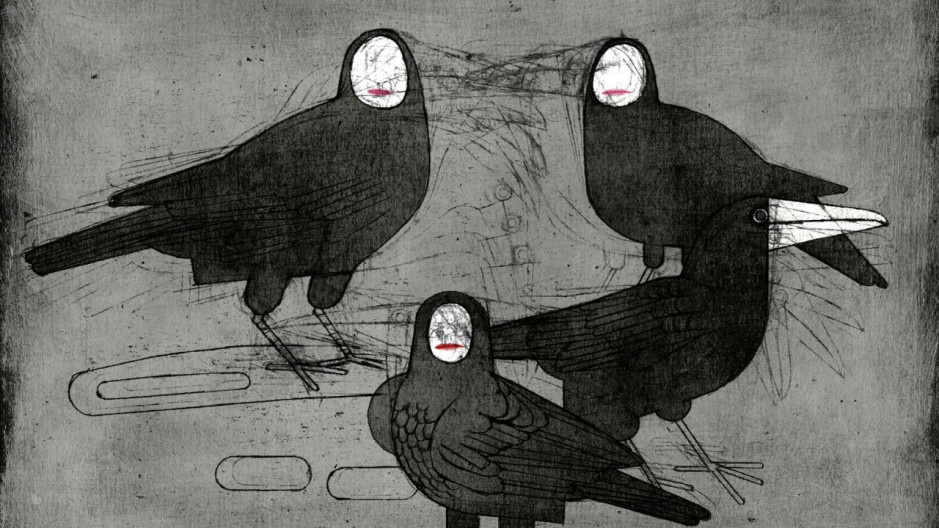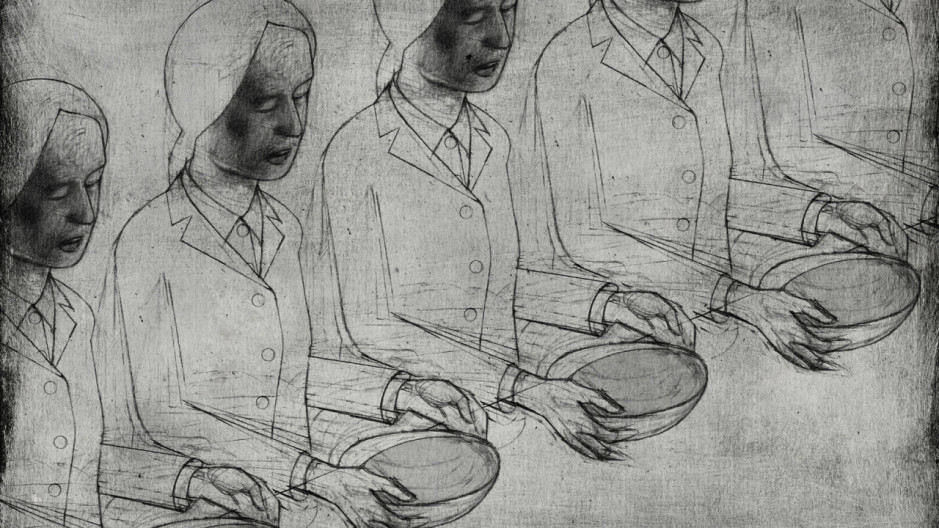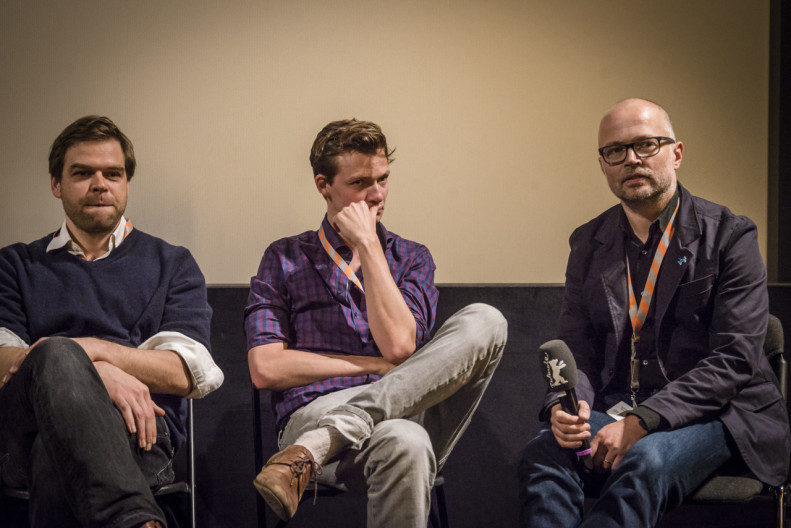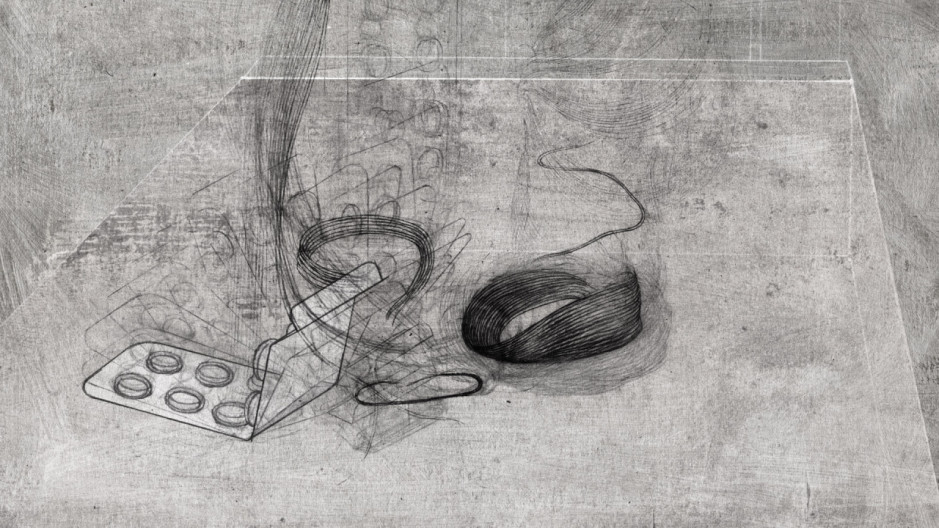Animation, often seen as a medium of entertainment for all ages, also serves as a powerful tool for visual storytelling. It can vividly depict significant real-life stories and historical events. In "Kaputt," the directors utilized animation to bring to life the voices of two former prisoners who were forced laborers in the Hoheneck women's prison in the GDR. The film sheds light on their daily routines, the oppressive regime, and the exploitation that characterized the prison's forced labor system.
The 7-minute film begins with continuous gray sketches of the prison and its elements, seamlessly flowing into each other. The strict structure of the drawings resembles architectural plans. Objects constantly transform: toilets morph into eyes, boxes into humans, and humans into sewing machines, blurring the lines between the human and the non-human.
Rendered in gray and white, the film only occasionally includes a splash of red. The sole colorful element is the bedsheet that the inmates are forced to sew in large volumes, later sold in the FRG. This vivid red bedsheet starkly contrasts with the grey monotony of the inmates' lives.
Parallel to the visuals, the film features the voices of two women narrating their life in Hoheneck: Brigit Willschütz and Gabriele Stötzer. They were interviewed among over 100 others by Lahl and Mönch. The voiceovers lack the polished quality of studio recordings, sounding instead as if recorded in a regular room during a meeting.
Human figures are rare in the film, and those that appear lack faces, their identities blurred or erased just like the identities of the prisoners.“I tried to do something very abstract because the story of these two women stands for so many women as a symbol. It’s just their story, so we never focused on showing just one face. I could sketch their faces, but I never thought of it. Instead, we tried to show the structure of forced labor and the prison,” Schlecht explained in an interview for Animaphix Festival.
The production of the film was sponsored by Bundesstiftung zur Aufarbeitung der SED-Diktatur, government-funded organisation in Germany that funds projects that deals with the dictatorship in the Soviet Occupation Zone and the GDR.
"Kaputt" premiered at the Berlinale in 2016, where it was very successful. It received the Grand Jury Prize at the International Trickfilm Festival in Stuttgart in 2016 and the Jury Award at the 2017 Sundance Film Festival.
"Kaputt" stands as a poignant reminder of the silent suffering endured by the women of Hoheneck, transforming their unseen past into a powerful visual narrative that resonates deeply with viewers. Full version of “Kaputt” can be viewed here.






